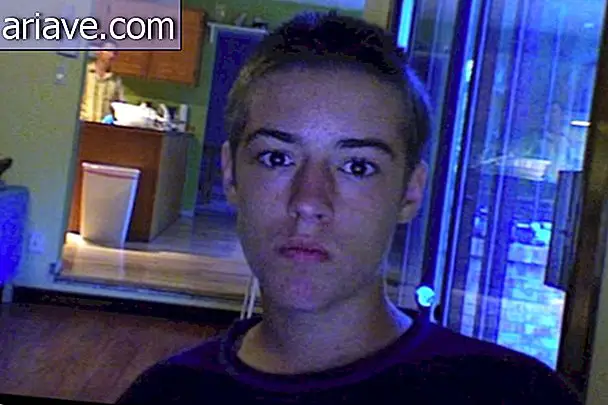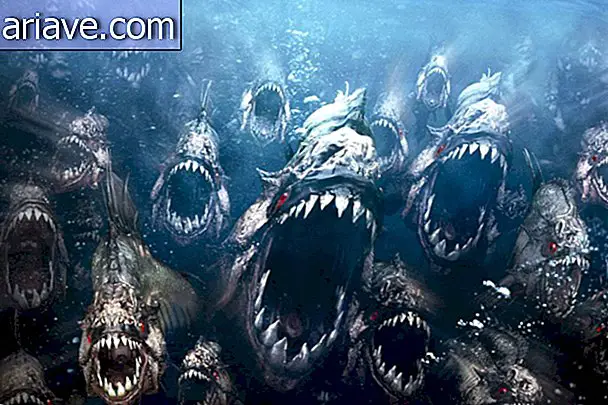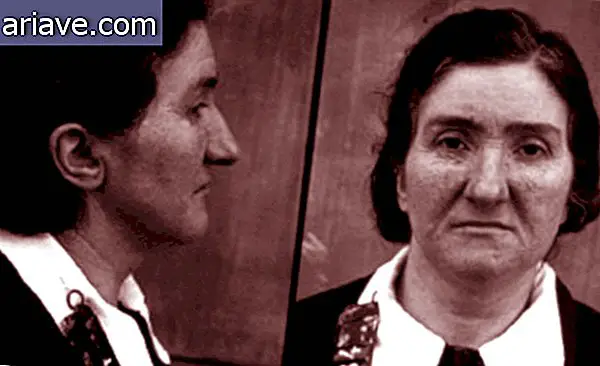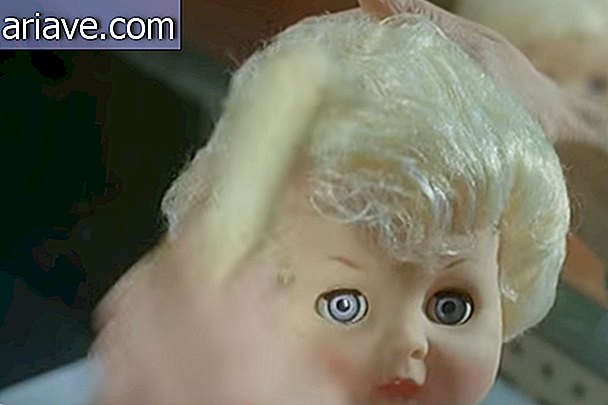5 Ancient languages that have not yet been deciphered
1 - The Proto-Elamite

The proto-elamite language is one of the oldest writing systems in history, and was used about 5, 000 years ago in territories that today correspond to Iran. Most of the surviving specimens are in the Louvre Museum. in France, and a few years ago an initiative focused on digitizing existing texts was put into action so that linguists around the world can access the material to try to decipher that language.
2 - The Harapan

Developed by the Indus Valley civilization, which flourished some 4, 000 years ago in the region that today comprises Pakistan, India, Iran, and Afghanistan, the harapano language consists of a series of symbols that have not yet been translated. Thousands of objects containing characters from this script have already been discovered, but in the absence of a copy written in two languages - one of them already known to linguists - it remains undecipherable.
3 - The Meritic

The meritic language was developed by the inhabitants of the Kingdom of Kush - whose headquarters were in the ancient city of Meroe in Sudan - and remained in use between about 300 BC and 350 AD. According to what is known about this language, it was written in cursive form and in hieroglyphics, both derived from ancient Egyptian, but although linguists have deciphered what the symbols of this language represent, they cannot quite understand the structure of the languages. texts, which makes their translation quite difficult.
4 - Linear A

Created by the Minoan Civilization, which flourished in Crete between 2500 and 1450 BC, the language known as Linear A was a writing system discovered during excavations in the ancient city of Knossos about a century ago. Interestingly, there is a language called Linear B that has already been deciphered and possibly derived from A, but so far the alphabet used in Linear A remains a mystery to linguists.
5 - The Cipro-Minoico

Widely used in Cyprus between the 16th and 11th centuries BC, the Cypriot-Minoan syllabary - also known as Linear C - was never deciphered by linguists. One of the reasons for this is that there are only about 200 texts, most of them quite short, which makes translation work difficult. Unless a bilingual copy is discovered, it is possible that this language will never be understood.











